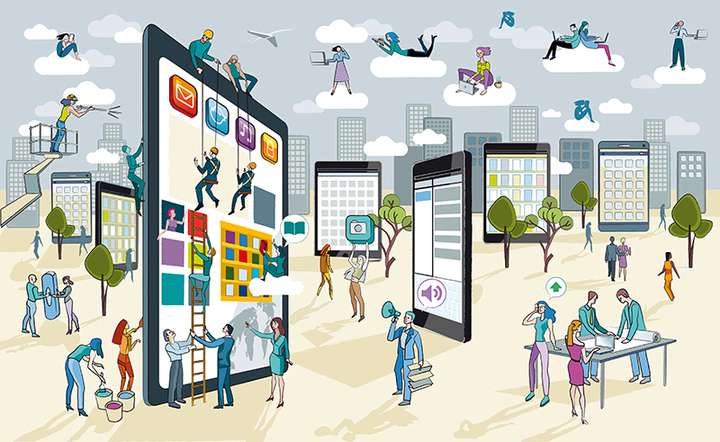When you think about what makes a city great, you might think about the quality of schools, access to citizen services, the sense of community or the number of well-paying jobs. I agree that those are all enticing reasons to put down roots in a particular area.
However, some cities are not only meeting but also exceeding those expectations. They’re using Internet-connected sensors that generate useful data about air quality, traffic conditions and much more. These so-called smart cities are taking advantage of a growing trend that Chattanooga, Kansas City, Mo., and others have already embraced: the Internet of Things.
The smart city movement is really about “doing traditional city services better,” said William Wallace, Executive Director of the nonprofit U.S. Ignite. His organization is coordinating with cities to develop next-generation applications that improve healthcare, education, energy efficiency, public safety and more.
Speaking at a GovLoop Internet of Things training event Tuesday, Wallace highlighted Chattanooga’s efforts to use geo-location allergen sensors that alert allergy sufferers of the pollen count. The city has also rolled out gigabit Internet services, which benefit both residents and businesses. The fiber optic network is drastically improving the city’s electric distribution system through near real-time communications between components on the electric grid, customers and the local electric power company EPB.
“This means we’ll know instantly when power outages occur, rather than relying on customers to report them,” according to EPB’s website. “The faster we know there is an outage, the faster we can get it fixed, which means that customer inconvenience or loss of production is reduced.”
Wallace went on to explain the key characteristics that make cities smart:
1. They have a broad-based accelerator group that involves many citizens and anchor institutions, such as schools, libraries and the public sector.
2. They develop the infrastructure to connect businesses and anchor institutions, and they support entrepreneurial activities that spur innovation.
3. The know they power of borrowing ideas from other countries and cities and cooperating and collaborating with others.
“This is not a competitive marketplace,” Wallace noted. The smart city movement is all about sharing ideas, building on the work of others and making improvements.
The approach that Wallace outlined is not for state governments alone but also for federal agencies. Governments must work to put in place an infrastructure that can support the growing number of devices and sensor data. The infrastructure must be open and not based on proprietary technology.
Wallace encouraged people to think of a city as a living, breathing organism. The sensor technology represents the five senses; the gigabit fiber is the central nervous system; the brain and memory are represented by local computing and storage and big data expertise represents reasoning.
In successful smart cities, there are people who have a particular mindset. There are usually one or two people who wake up every morning and cannot fathom their city not taking advantage of new technological advances, Wallace said. “It’s a restless, innovation spirit.”
